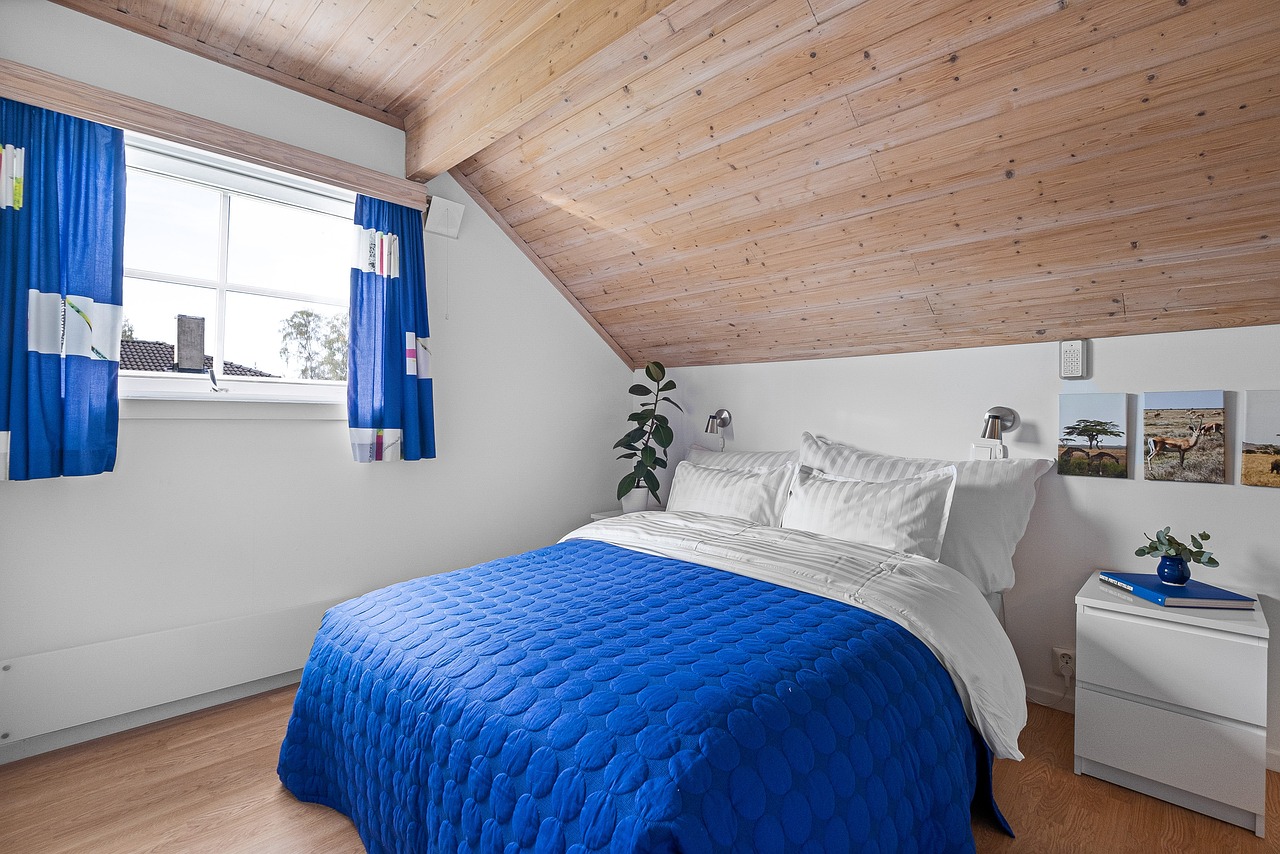Tips for Designing a Home That Grows with Your Family
As we look ahead to the future, it is essential to consider the evolving needs and demands of our society. This involves not only predicting potential challenges but also envisioning innovative solutions that can adapt to change. By proactively planning for what lies ahead, individuals and organizations can navigate uncertainties with a sense of preparedness and resilience.
In embracing a forward-thinking mindset, it is crucial to prioritize flexibility and adaptability in our strategic decisions. This proactive approach enables us to better respond to various scenarios and embrace opportunities for growth and development. By fostering a culture of continuous planning and improvement, we can position ourselves to thrive in an ever-changing landscape.
Utilizing Flexible and Multi-Functional Spaces
In modern design and architecture, the concept of flexible and multi-functional spaces has gained significant traction. This approach focuses on creating areas within a structure that can serve varying purposes based on the evolving needs of its users. By incorporating elements like movable partitions, adjustable furniture, and versatile layouts, designers are able to maximize the usability and efficiency of a space.
One key benefit of utilizing flexible and multi-functional spaces is the enhanced adaptability they offer. These spaces have the capacity to easily transition from one function to another, providing a seamless experience for occupants. Whether it’s a workspace that can transform into a meeting room or a living area that can double up as a guest bedroom, the versatility of these spaces ensures that they can meet diverse requirements without the need for extensive renovations.
What are the benefits of utilizing flexible and multi-functional spaces?
Utilizing flexible and multi-functional spaces allows for adaptability to different needs and situations, maximizing the use of space and resources.
How can one plan for the future when designing flexible spaces?
Planning for the future when designing flexible spaces involves considering potential changes in needs, technology, and functionality to ensure that the space remains versatile and relevant.
How can spaces be made multi-functional?
Spaces can be made multi-functional by incorporating movable furniture, flexible layouts, and adaptable features that can easily be reconfigured for different purposes.
What are some examples of multi-functional spaces?
Examples of multi-functional spaces include convertible office spaces that can transform into meeting rooms, flexible classrooms that can accommodate different teaching styles, and modular furniture systems that can be rearranged for various uses.
How can businesses benefit from utilizing flexible and multi-functional spaces?
Businesses can benefit from utilizing flexible and multi-functional spaces by optimizing their use of space, fostering creativity and collaboration, and easily adapting to changing needs and trends.





